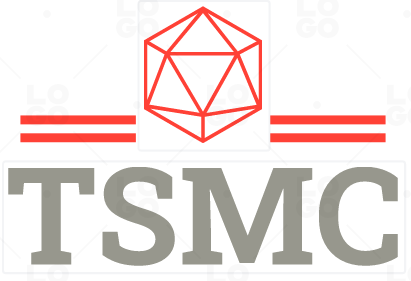Learn about tattoo machines, equipment, and essential supplies. Compare coil vs rotary machines, explore tools for lining and shading, and find tips for safe, precise tattooing.
Introduction
Tattoo machines and equipment are the backbone of every tattoo artist’s craft. The right tools not only improve the quality of your work but also ensure client comfort, safety, and precise results. Whether you’re a beginner building your first kit or a seasoned professional upgrading your setup, understanding tattoo machines and related equipment is essential.
The Evolution of Tattoo Machines
The modern tattoo machine has come a long way since its invention in the late 1800s. Inspired by Thomas Edison’s electric pen, Samuel O’Reilly adapted the design into the first electric tattoo machine. Today, artists can choose from coil machines, rotary machines, and pen-style machines, each offering unique benefits.
Types of Tattoo Machines
1. Coil Tattoo Machines
- Description: The traditional choice for many artists, coil machines use electromagnetic coils to move the needle.
- Advantages:
- Strong needle drive for bold lines.
- Highly customizable for lining or shading.
- Best For: Traditional tattoo styles, bold lines, and shading.
2. Rotary Tattoo Machines
- Description: Powered by a small motor, rotary machines provide a smooth, consistent needle motion.
- Advantages:
- Lightweight and quiet.
- Suitable for both lining and shading.
- Less hand fatigue for artists.
- Best For: Versatile tattooing, smooth color blending.
3. Pen-Style Tattoo Machines
- Description: Shaped like a pen, these machines offer maximum comfort and precision.
- Advantages:
- Ergonomic design.
- Easy needle depth adjustments.
- Best For: Detailed work, realism, and fine line tattoos.
Essential Tattoo Equipment
1. Power Supply
A reliable power supply ensures consistent voltage for your machine, allowing for smoother work and less strain on both artist and client.
2. Tattoo Needles & Cartridges
- Liners: Create crisp outlines.
- Shaders: Fill in color and shading.
- Magnums: Used for large areas of shading or coloring.
3. Tattoo Grips
These are the handles attached to the machine that provide control and comfort. They come in stainless steel, aluminum, or disposable options.
4. Clip Cords & RCA Cables
These connect the tattoo machine to the power supply. Quality cables reduce electrical resistance and improve performance.
5. Foot Pedals
Used to control the machine’s power flow, allowing the artist to start and stop without using their hands.
6. Ink & Ink Caps
Professional-grade tattoo inks are essential for vibrant, long-lasting colors. Ink caps are small disposable containers for holding ink during a session.
7. Sterilization Equipment
- Autoclave: For sterilizing reusable tools.
- Ultrasonic cleaner: For removing ink and debris before sterilization.
Safety and Hygiene
Clean, sterilized equipment is non-negotiable in tattooing. Artists should use disposable gloves, disinfect surfaces, and follow local health regulations to prevent infections and cross-contamination.
Choosing the Right Tattoo Equipment
When building or upgrading your tattoo kit:
- Prioritize quality over low cost.
- Match your style – choose machines and needles that fit your tattooing techniques.
- Invest in comfort – ergonomic machines and grips reduce strain during long sessions.
Conclusion
Tattoo machines and equipment are more than just tools — they’re the foundation of your art. By understanding the different machine types, essential accessories, and proper hygiene practices, you can ensure every tattoo you create is precise, safe, and unforgettable.
